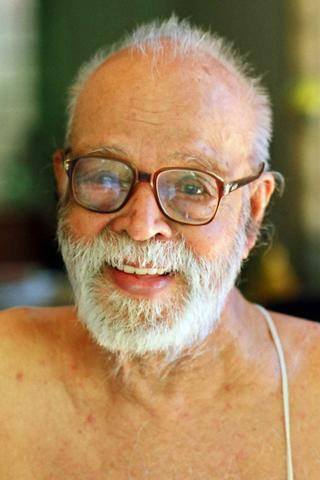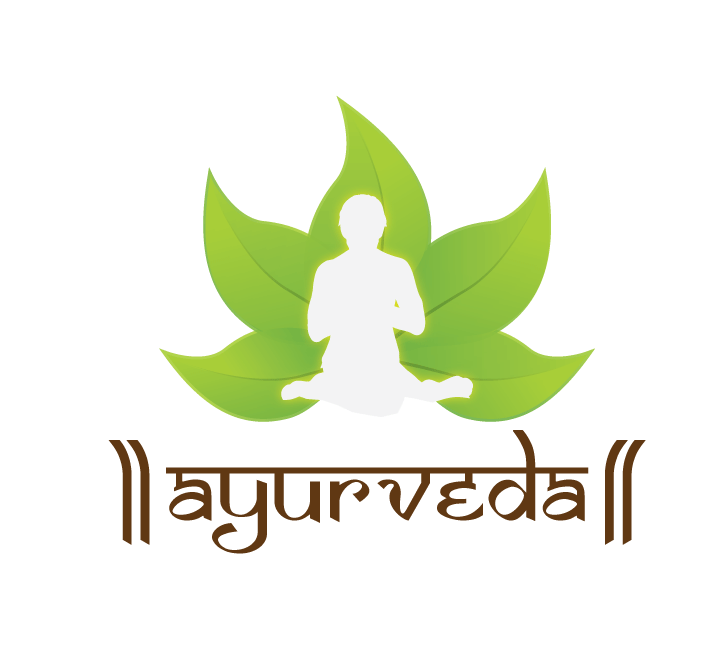-

-
Padmabooshan Vaiidyabhooshanam K Raghavan Thirumulpad (1920 - 2010)
Shri Raghavan Thirumulpad was an eminent Ayurvedic and Sanskrit Scholar. He is an acharya who taught and inspired generations of Ayurvedic and Sanskrit students. Sri Thirumulpad is recognized as a proponent of classical Ayurveda and symbolized a harmonious mix of ethics and rationality in the practice of medicine. His scholastic pursuits contributed much to the acceptance of Ayurveda among the society in general and intelligentsia in particular. For the common man, "Thirupad Vaidyan" was a physician who sensed their emotions and came out with prescriptions which suited their illness as well as their pockets. He is always remembered as a poor man's physician. Our Ayurveda team respects him and try to follow his principles. Homage to a great master . - Introduction to ayurveda
Ayurveda is perhaps the oldest proven healing science. There is documented evidence that Ayurveda is more than
5000 years old. In Sanskrit, Ayurveda means "The Science of Life." Ayurveda is often called the "Mother of All
Healing." It stems from the ancient Vedic culture and was taught for many thousands of years in an oral tradition from
accomplished masters to their disciples. Some of this knowledge was set to print a few thousand years ago, but much
of it is inaccessible. The principles of many of the natural healing systems now familiar in the West have their roots in
Ayurveda, including Homeopathy and Polarity Therapy.
The Strategy: Your Constitution and Its Inner Balance
Ayurveda places great emphasis on prevention and encourages the maintenance of health through close attention to balance in one's life, right thinking, diet, lifestyle and the use of herbs. Knowledge of Ayurveda enables one to understand how to create this balance of body, mind and consciousness according to one's own individual constitution and how to make lifestyle changes to bring about and maintain this balance. Just as everyone has a unique fingerprint, each person has a particular pattern of energy—an individual combination of physical, mental and emotional characteristics—which comprises their own constitution. This constitution is determined at conception by a number of factors and remains the same throughout one's life. Many factors, both internal and external, act upon us to disturb this balance and are reflected as a change in one's constitution from the balanced state. Examples of these emotional and physical stresses include one's emotional state, diet and food choices, seasons and weather, physical trauma, work and family relationships. Once these factors are understood, one can take appropriate actions to nullify or minimize their effects or eliminate the causes of imbalance and re-establish one's original constitution. Balance is the natural order; imbalance is disorder. Health is order; disease is disorder. Within the body there is a constant interaction between order and disorder. When one understands the nature and structure of disorder, one can re-establish order.
Balancing the Three Principle Energies of the Body
Ayurveda identifies three basic types of energy or functional principles that are present in everyone and everything. Since there are no single words in English that convey these concepts, we use the original Sanskrit words vata, pitta and kapha. These principles can be related to the basic biology of the body. Energy is required to create movement so that fluids and nutrients get to the cells, enabling the body to function. Energy is also required to metabolize the nutrients in the cells, and is called for to lubricate and maintain the structure of the cell. Vata is the energy of movement, pittais the energy of digestion or metabolism and kapha, the energy of lubrication and structure. All people have the qualities of vata, pitta and kapha, but one is usually primary, one secondary and the third is usually least prominent. The cause of disease in Ayurveda is viewed as a lack of proper cellular function due to an excess or deficiency of vata, pitta orkapha. Disease can also be caused by the presence of toxins. In Ayurveda, body, mind and consciousness work together in maintaining balance. They are simply viewed as different facets of one's being. To learn how to balance the body, mind and consciousness requires an understanding of how vata, pitta and kaphawork together. According to Ayurvedic philosophy the entire cosmos is an interplay of the energies of the five great elements—Space, Air, Fire, Water and Earth. Vata, pitta and kapha are combinations and permutations of these five elements that manifest as patterns present in all creation. In the physical body, vata is the subtle energy of movement, pitta the energy of digestion and metabolism, and kapha the energy that forms the body's structure.

CALL US : +91 9446332600 EMAIL : sales@vishalahospitality.com
Banner Vishala hospitality

Vishala hospitality sub page Content
ScrollAyurveda
Homestays

Vishala hospitality












